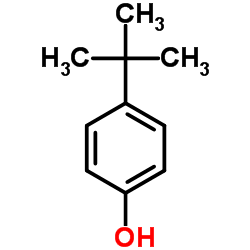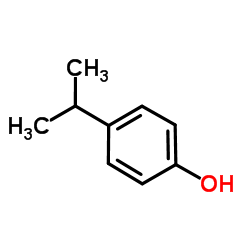| Structure | Name/CAS No. | Articles |
|---|---|---|
 |
4-tert-Butylphenol
CAS:98-54-4 |
|
 |
p-Cumenol
CAS:99-89-8 |